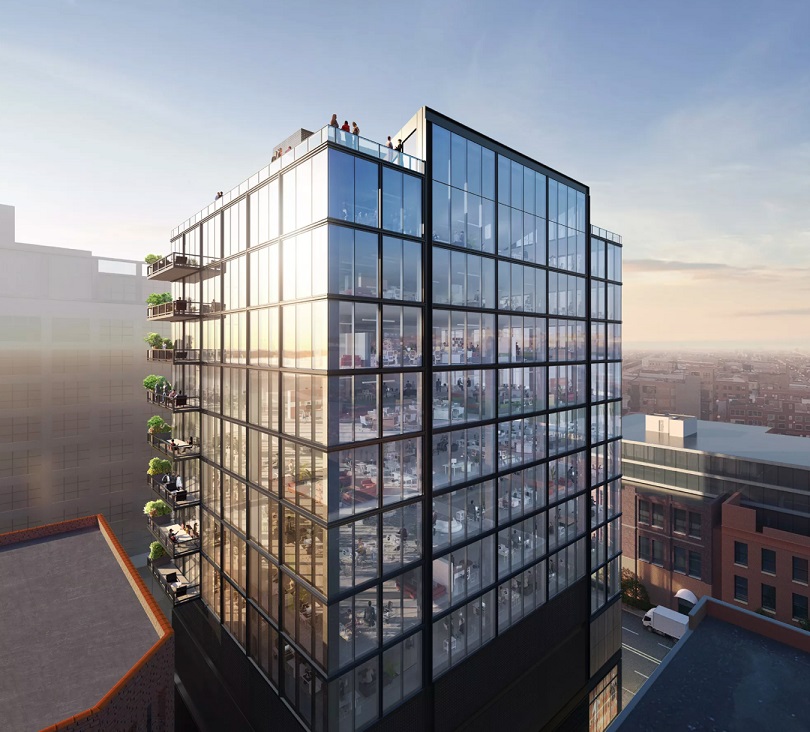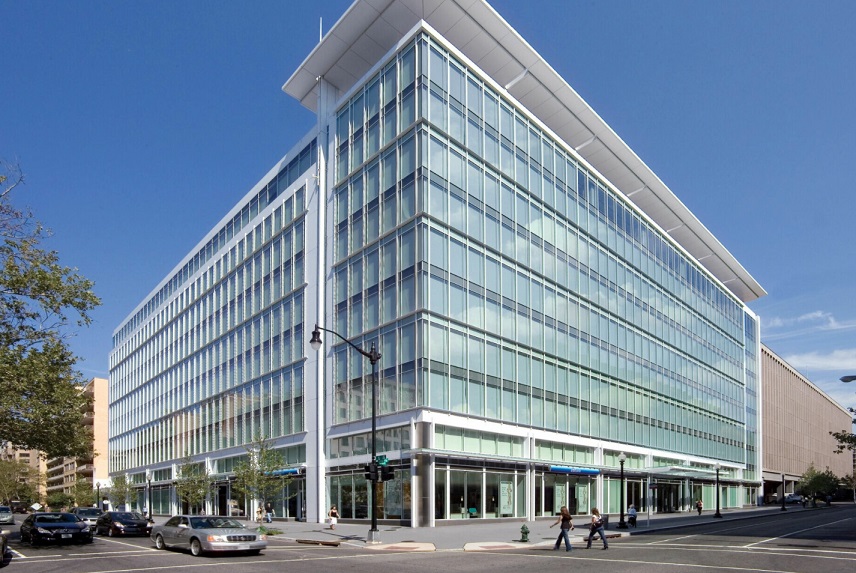What makes a building “smart”?
Unlike the green building industry, which has firmly established the LEED standard, intelligent buildings have not had a definitive rating or evaluation system based on a set of specific criteria. The more recently developed WELL and RESET standards, for their part, focus on aspects of building performance related to occupant health and well-being; and data structure and data quality. As the industry continues to move toward more responsive and adaptable buildings, other assessment frameworks have been developed making it possible to certify a building as “intelligent,” and notable examples are the WiredScore certification, the SPIRE Smart Building Program, developed by UL and the Telecommunications Industry Association (TIA), and BOMA Canada’s BEST Smart Buildings Certification Program’s Pilot Project, which builds on the success of BOMA BEST Sustainable Buildings. Each of these frameworks will give building players something to “lean” on—and work toward.
While industry participants are certain to draw on these frameworks in future when looking for smart-building examples, for now, coming up with a list of prominent intelligent buildings inevitably becomes a somewhat subjective and arbitrary exercise. At the same time, the year of the pandemic did bring forward several innovative use cases and here are, in no particular order, seven examples.
Each demonstrates innovation in certain key areas—HVAC, lighting, office design (especially post-COVID), and data analytics around occupancy and energy efficiency—all of which support the most valuable use cases for intelligent buildings today.
Notably, the perceived value of different intelligent-building use cases can change with time. An example: Just a few years ago, building-operations stakeholders surveyed for ASHB’s Monetization of Intelligent Buildings research (2018) ranked the ability to improve indoor air quality and enhancements to space utilization, tracking, and wayfinding as relatively low-priority use cases. Today, those same capabilities are among the most sought after thanks to the shift to hybrid workplaces and our changing perception of buildings as flexible and adaptable infrastructure. As intelligent technologies continue to evolve—along with our expectations of building performance—so will our ideas about smart buildings.
To see 5 more intelligent building examples that focus on energy-efficient design and operations, read our free research report, Zero Net Energy Building Controls.
7 Examples Of Smart Buildings
1. Oakland City Center (Oakland, California)
Oakland City Center is notable for its advanced variable air volume (VAV) system. Developed by Siemens, it collects temperature and humidity data and learns how the system responds to changes in demand. An AI-powered algorithm then evaluates operating data and sends setpoints to the building’s HVAC system to cost-effectively and sustainably ensure better occupant comfort.
Another advantage of this dynamic VAV system is its ability to control air quality efficiently at different settings, which was particularly valuable during the pandemic year. A general “green mode” setting optimizes temperature, pressure, and humidity in a normal environment, but when a virus has been introduced, its “decontamination mode” helps minimize virus transmission by elevating the temperature and accelerating decay of the virus. This was one of the features that made it possible to safely reopen the building, for any work that required a physical presence on site.

2. Frasers Tower (Singapore)
Developed in conjunction with Bentley Systems and Schneider Electric, Microsoft’s Frasers Tower1 is a study in operational excellence. Its 179 Bluetooth Beacons and 900 lighting, air quality, and temperature sensors gather data in real-time, enabling operators to optimize building spaces for maximum efficiency and productivity. And employees and staff use Smart Building CampusLink, an application that is fully integrated with Microsoft Outlook and Microsoft Office 365, to easily find directions, determine room occupancy, and book facilities in real-time. Data is correlated across the physical and digital worlds in a virtual replication of the physical building, serving as a model for future connected workplaces.

3. Fulton East (Chicago)
This 12-story office and retail building2 was the first commercial building to be designed and constructed for a post-COVID-19 environment. In addition to prioritizing energy efficiency and air quality, Fulton East also features a number of state-of-the-art health innovations, including an airPHX purification system that eliminates bacteria, viruses, and other harmful organisms found on surfaces and in the air; microbicidal interior latex paint on washroom walls to kill pathogens; and contactless features like the Toe-To-Go elevator call button and touch-free thermal scanning in the lobby.

4. Vodaphone Group Global Headquarters (London, England)
In 2020, Vodafone won the Verdantix Smart Building Innovation Award in the Corporate Headquarters Retrofit category for its innovative collaboration with GE. Together, they developed and deployed a multi-sensor network that gathers raw data on everything from air quality and energy usage to occupant movement, noise levels, and space utilization. In an office that features different types of workspaces—collaboration, quiet work, etc.—employees use this real-time utilization data to find an available workspace that suits their needs. And thanks to the single integrated view of the environment and operations, smart use of data also made the building more energy efficient.
5. Corning Optical Communications Headquarters (Charlotte, North Carolina).
Next on our list of smart building examples is Corning Optical Communications. This building served as a pilot for SPIRE smart building criteria. It contains connectivity in the form of high-end fiber-optic networks, digital health tools like sensors that monitor spaces for overcrowding and air quality issues, data collection and processing technology to help regulate energy consumption, and upgraded cybersecurity systems. Additionally, the building meets LEED, Fitwel, and WELL Building Standards.

6. U.S. Green Building Council Headquarters (Washington, D.C.)
Already a high-performing, LEED-platinum certified building3 since its inception, the U.S. Green Building Council headquarters underwent a retrofit in 2015 to address outdated lighting control systems. Improvements included the adoption of Legrand’s digital lighting management solution, installation of a smart shade system that works in conjunction with the Legrand system, and implementation of circadian programming and smart time scheduling. These strategies reduced lighting electricity costs by one-third and increased occupants’ satisfaction ratings with regard to comfort.

7. The Sinclair Hotel (Fort Worth, Texas)
After a major refurbishment, this 1920s-era structure4 was transformed from an office building to a Marriott Autograph collection boutique luxury hotel. It has been retrofitted with Power-Over-Ethernet connectivity solutions, the first LG Li-Ion Energy Storage System in the U.S., and VoltServer’s patented Digital Electricity. In addition to being energy-efficient, it has been described as the world’s first digital hotel, offering a personalized experience for everything from water temperature to lighting preferences.

Looking for more smart building technology examples?
Visit the ASHB Research Report Library, where you can access our growing collection of smart building research papers, case studies, and technology reviews. The leading international association for the intelligent buildings market, ASHB works with nearly 400 member companies who are actively involved in the designing, manufacturing, installing, and retailing of intelligent building products to produce valuable research on the industry that can help you stay competitive. Check out our extensive free resources, or become a ASHB member today to access even more valuable insider information.



